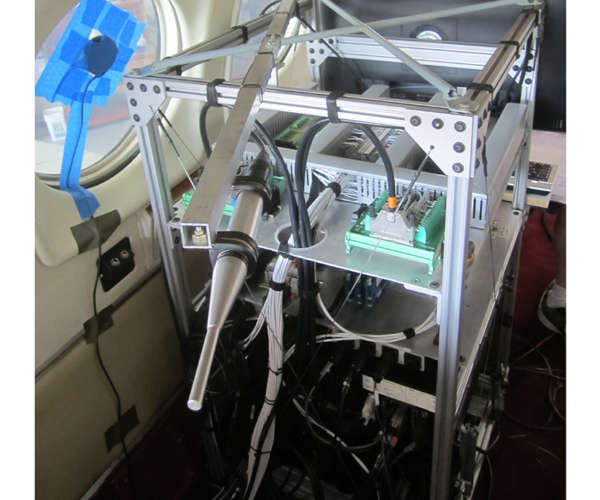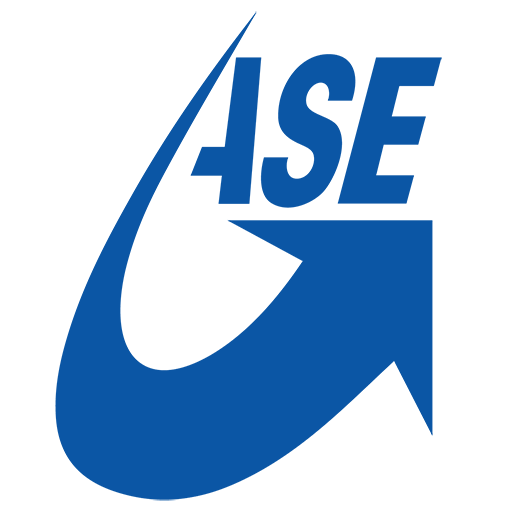Flight Testing
ASE offers aerospace flight testing through a suite of commercial software products for modeling and simulation. Developed through internal research and developed, and tried and tested on a many ASE programs, these software products meet the exacting standards of ASE’s high fidelity simulators and control systems, yet are priced for use on a wide range of applications. They are fully developed, supported, and sold as commercial off-the-shelf products.


Simulated aeronautical engineering requires a foundational knowledge of a specific aircrafts performance in a variety of situations. In most cases, ASE’s flight testing protocol develops and gathers flight data during an actual aircraft flight. Certain instances can result in no testing to be required.
We take the flight test data and analyze it to evaluate aerodynamic flight characteristics of the aircraft to design a device that replicates the in-air experience of a particular model. The flight test data processing utilities functions include:
Flight Test Instrumentation Voltage/Engineering Units Scaling
Flight Test Raw Data to Digital Engineering Unit Conversion
Display the Flight Test Data Graphically to Validate the Accuracy of the Data
Time Slice of the Flight Test Data
Computation of None Instrumented Signals such as AOA and BETA
ASE is one of the few flight simulation organizations that can claim expertise and experience in the full range of activities necessary to the development of a flight simulator that behaves like the aircraft. Full fidelity requires the use of good quality flight test data – data that are recorded during a rigorous test program on the subject aircraft.
ASE offers a suite of commercial software products for modeling and simulation. Developed through internal research and developed, and tried and tested on a many ASE programs, these software products meet the exacting standards of ASE’s high fidelity simulators and control systems, yet are priced for use on a wide range of applications. They are fully developed, supported, and sold as commercial off-the-shelf products.
ASE directly uses flight test data to develop and tune the aerodynamic, controls, engines, and systems models. The simulation models implement a wide range of multi-dimensional data tables that take various aircraft configuration, control parameters, and flight conditions as inputs.
The ASE Parameter Estimation software package uses an assortment of numerical analysis convergence methods to estimate non-linear aerodynamic coefficients over a broad range of flight test data. Fine-tuning in the later stages of development can also be easily performed in real time using the ASE simulation interface application SimView.
Quite different from most software debug type programs, the SimView application presents an inventive approach that is not intrusive and doesn’t require interrupting the application in order for the user to examine the program code. This unique and powerful engineering tool allows the engineer to monitor, plot, or change any system variable in real-time, thus accelerating the development process.
Directly estimate aerodynamic coefficients using flight test data
Multi-dimensional data tables viewed and modified “on the fly”
Fine tuning performed in real time with simulation running
Aircraft systems are modeled as physical and logical equivalents of the actual systems. Physical models of the systems and their components are structured to correspond to the actual flow of events in the aircraft to permit the most accurate possible models of the systems and the highest fidelity reproduction of system failures. All major systems in the aircraft are modeled including, but not limited to, engines, fuel, hydraulic and electrical systems. The environmental control systems will be provided, but only functional to indicate the state of the system.
